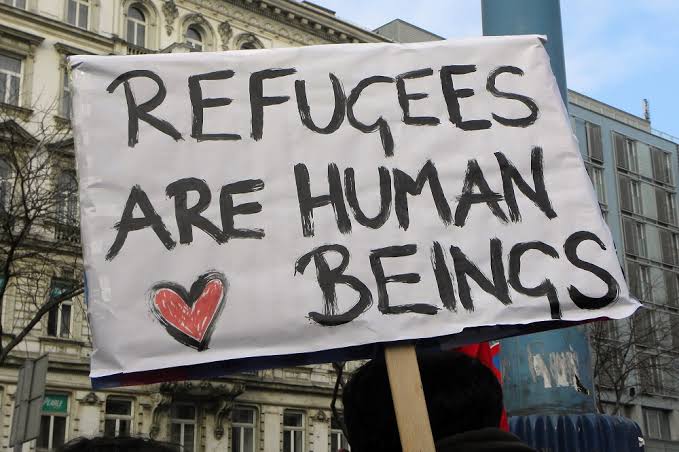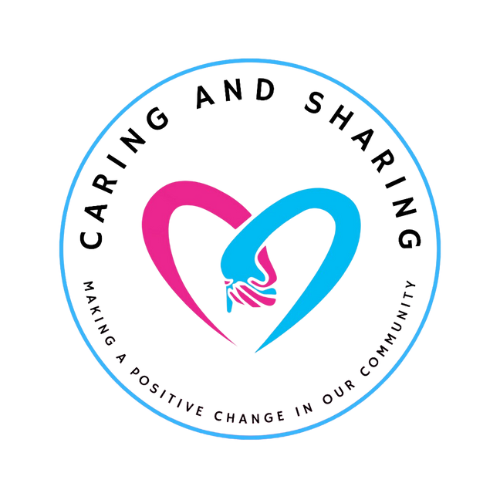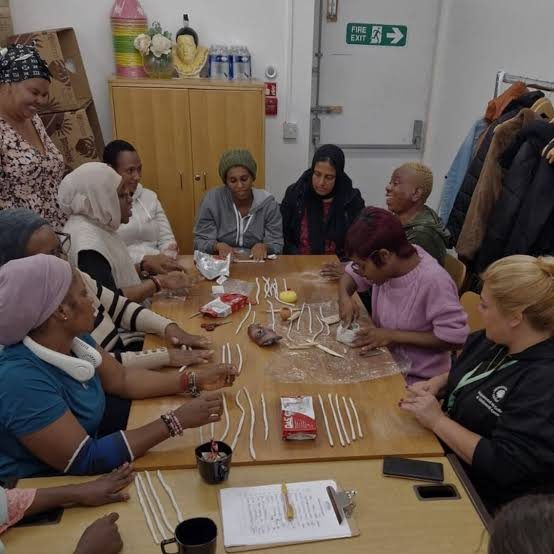Dispelling Myths About Asylum Seekers and Refugees
As the world struggles with the largest refugee crisis since world war II, misinformation and myths about asylum seekers and refugees have spread rapidly. These misconceptions have fueled xenophobia, racism and hostility towards individuals who are simply seeking safety and protection. In this blog, we will dispel common myths about asylum seekers and refugees, and provide accurate information to promote understanding and empathy.

Myth I: Asylum seekers and refugees are a threat to national security
Reality: The vast majority of asylum seekers and refugees are fleeing violence, persecution, and war. They are not a threat to national security, but rather individuals who are seeking protection from harm. In fact, many asylum seekers and refugees have been subjected to rigorous security checks and background screenings before being allowed to enter a country.
Myth II: Asylum seekers and refugees are economic migrants who want to take advantage of western welfare systems
Reality: Asylum seekers and refugees are fleeing their home countries not because of economic gains, but rather a desire to escape harm and find safety. Many asylum seekers and refugees have in fact left behind successful businesses, careers, and livelihoods in their home countries.
Myth III: Asylum seekers and refugees are a burden on the economy
Reality: While it is true that asylum seekers and refugees may require initial support and assistance, many go on to become productive members of society. Studies have shown that refugees can contribute significantly to the economy.
Myth IV: Refugees are taking jobs away from native-born citizens
Reality: Refugees often fill labour gaps in industries that are experiencing shortages, such as healthcare, education, agriculture, and construction. Many businesses rely on refugees and asylum seeker workers to fill critical labour needs.
Myth V: Asylum seekers and refugees are not integrating into society
Reality: Many asylum seekers and refugees are actively working to integrate into their new communities. They are learning new languages, taking cultural orientation classes, and participating in community activities.
Conclusion

Asylum seekers and refugees are not threats, burdens, or economic migrants. They are humans who are fleeing harm and seeking protection away from their home countries. Bu dispelling these common myths, we can work to create a more welcoming and inclusive environment for asylum seekers and refugees.
It is essential that we promote accurate information, challenge misinformation, and advocate for policies that protects the rights and dignity of asylum seekers and refugees.
What can you do to help?
I. Educate yourself and others about the realities of asylum seekers and refugees.
II. Challenge misinformation and myths on social media and in your community.
III. Support organizations like ours that provide assistance and advocacy for asylum seekers and refugees.
IV. Advocate for policies that protect the right and dignity of asylum seekers and refugees.
Together we can create, and achieve a more compassionate and inclusive world for everyone.












